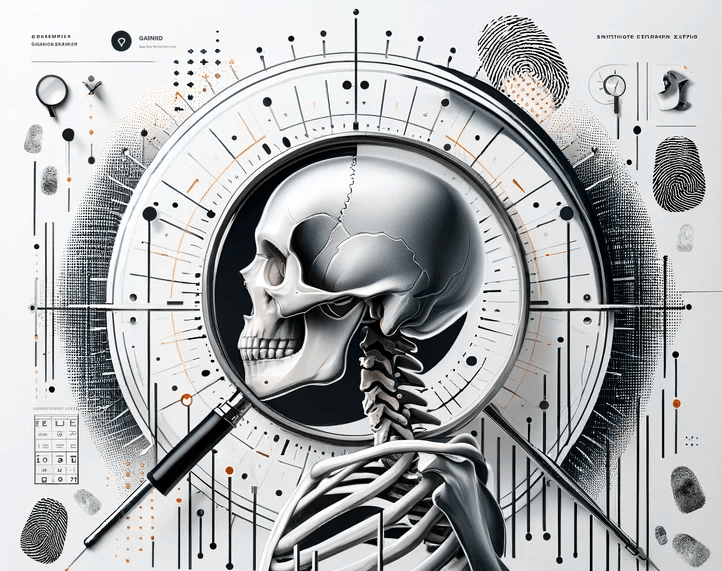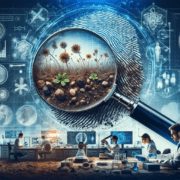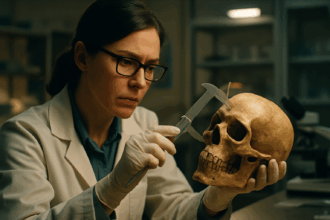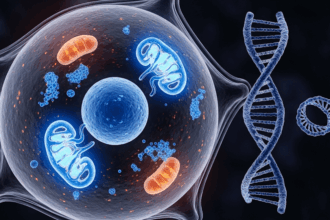In forensic investigations, identifying skeletal remains is a critical task. It often falls upon experts like forensic anthropologists, medical examiners, and crime scene investigators. But what happens when those experts aren’t readily available or when non-human bones enter the equation? This is where OsteoID comes into play, revolutionizing the field of forensic science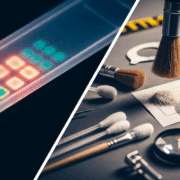 Discover the fascinating field of Forensic Science, the application of scientific principles to legal matters. This post delves into its many disciplines, from DNA analysis to crime scene investigation, its importance in the justice system, Read Full Definition. Developed by Dr. Heather Garvin and her team from Des Moines University Osteopathic Medical Center, OsteoID is a groundbreaking online database that simplifies the process of identifying the species of skeletal remains.
Discover the fascinating field of Forensic Science, the application of scientific principles to legal matters. This post delves into its many disciplines, from DNA analysis to crime scene investigation, its importance in the justice system, Read Full Definition. Developed by Dr. Heather Garvin and her team from Des Moines University Osteopathic Medical Center, OsteoID is a groundbreaking online database that simplifies the process of identifying the species of skeletal remains.
The Challenge of Skeletal Identification
When law enforcement agencies receive reports of skeletal remains, prompt and accurate identification is essential. Mistaking animal bones for human remains, or vice versa, can lead to critical investigation errors. While seasoned forensic anthropologists can usually differentiate between human and non-human bones, it’s not always straightforward, especially for those without extensive zoological training.
According to published reports, a significant portion of a forensic anthropologist’s workload—ranging from 25% to 30%—comprises non-human elements, such as bones and teeth from various species. This underscores the importance of having a reliable method to distinguish between human and non-human skeletal remains.
The Birth of OsteoID
Understanding the need for a tool that could simplify this crucial task, Dr. Heather Garvin’s team embarked on a mission to develop OsteoID. Funded by a grant from the National Institute of Justice, their goal was to create an accessible and user-friendly online resource that would allow anyone to identify the species of a bone accurately.
How OsteoID Works
OsteoID is designed with simplicity and effectiveness in mind. It offers users the ability to search for species by common name, genus, species, bone type, or measurements. The database boasts an impressive collection of 28 species commonly found in North America, ensuring its relevance to a wide range of forensic cases.
One of OsteoID’s key features is its comprehensive dataset, which includes a staggering 59,442 measurements from 18,867 bones. These measurements, including mean, minimum, maximum, and two standard deviations, empower the tool to filter by species accurately.
Multiple high-quality photographs of bone elements are available for each species in the database, allowing users to make visual comparisons. Additionally, 3D scans are accessible online, providing an even deeper level of analysis.
The Science Behind OsteoID
Before the development of OsteoID, there was limited research supporting the use of basic long bone measurements, known as osteometrics, for distinguishing human from non-human remains. Dr. Garvin’s study, however, changed the game. With a significantly larger dataset than previous studies, the research team demonstrated that long bone measurements could be diagnostic in distinguishing species.
In practical terms, OsteoID achieved remarkable accuracyIn scientific and measurement contexts, "accuracy" refers to the degree of proximity or closeness between a measured value and the true or actual value of the measured quantity. Accuracy indicates how well a measurement reflects Read Full Definition rates. The tool correctly identified species with a staggering 91% accuracy when pooling data Information in analog or digital form that can be transmitted or processed. Read Full Definition from various bone types. Moreover, it excelled at distinguishing between human and non-human remains, with a success rate exceeding 95%. These results are a testament to the tool’s reliability and effectiveness in forensic applications.
Information in analog or digital form that can be transmitted or processed. Read Full Definition from various bone types. Moreover, it excelled at distinguishing between human and non-human remains, with a success rate exceeding 95%. These results are a testament to the tool’s reliability and effectiveness in forensic applications.
Enhancing Accuracy
Interestingly, the accuracy of species identification increased when investigators initially identified the type of bone they were analyzing. For instance, in cases involving bone types like the humerus, radius, or femur, the accuracy rate soared to an impressive 99%. Even for bone-specific models like the tibia and ulna, the tool maintained accuracy levels of 89% and 87%, respectively.
Potential Limitations
It’s worth noting that Dr. Garvin’s study focused on skeletally mature individuals, potentially minimizing variation in long bone measurements. Additionally, some species had more extensive sample sizes than others, which could introduce slight biases. However, despite these considerations, OsteoID consistently demonstrated high classification rates, reaffirming its practical value.
The Significance of OsteoID
OsteoID’s impact on the field of forensic science cannot be overstated. It serves as a reliable preliminary assessment tool for distinguishing human from non-human remains, offering vital support when forensic experts are unavailable. This resource can save law enforcement agencies both time and resources while minimizing the risk of dismissing human remains as non-human.
Beyond its immediate applications in forensic investigations, OsteoID holds value for various disciplines, including wildlife forensics, bioarchaeology, zooarchaeology, veterinary medicine, and biology. It’s a testament to the power of collaboration between technology and forensic science, ultimately serving the cause of justice.
Conclusion
In an era where precision and efficiency are paramount in forensic investigations, OsteoID emerges as a game-changing tool. Dr. Heather Garvin and her team have harnessed the potential of technology to simplify species identification, ensuring that the right steps are taken in criminal investigations involving skeletal remains. With accuracy rates that rival expert assessments, OsteoID is set to become an invaluable asset for both law enforcement agencies and the broader scientific community.
Article Reference: National Institute of Justice, “OsteoID: A New Forensic Tool to Help Identify the Species of Skeletal Remains ,” November 15, 2023, nij.ojp.gov:
https://nij.ojp.gov/topics/articles/osteoid-new-forensic-tool-help-identify-species-skeletal-remains



